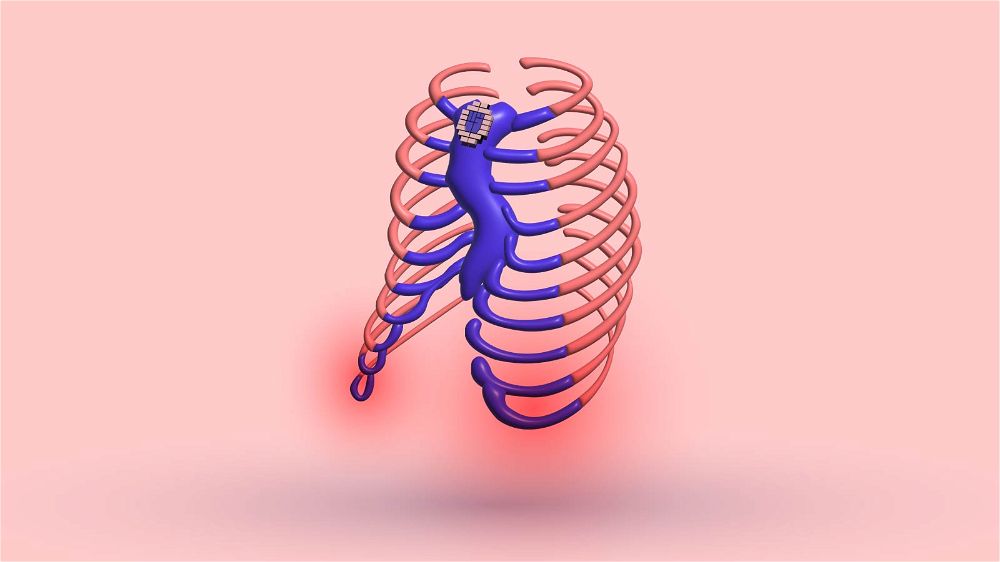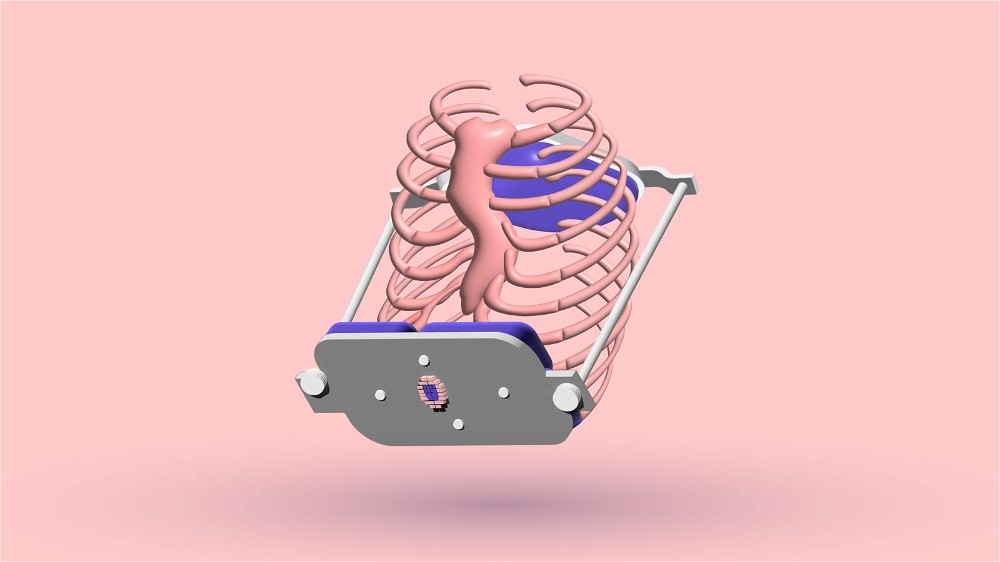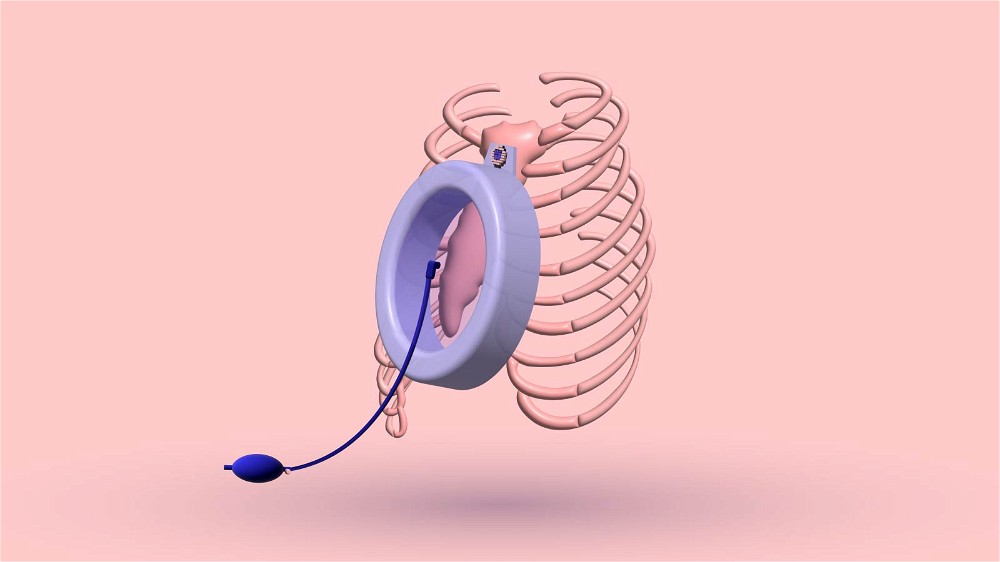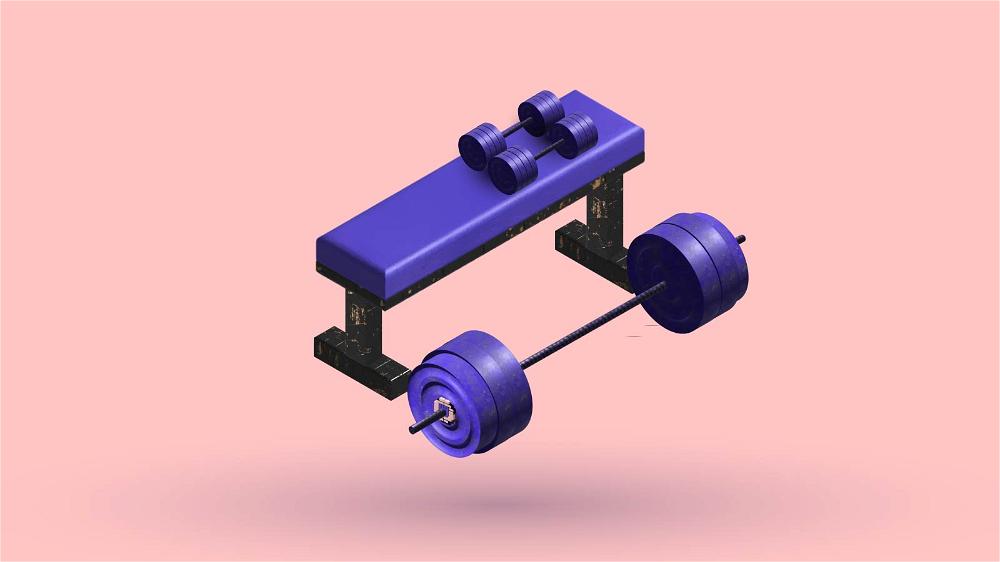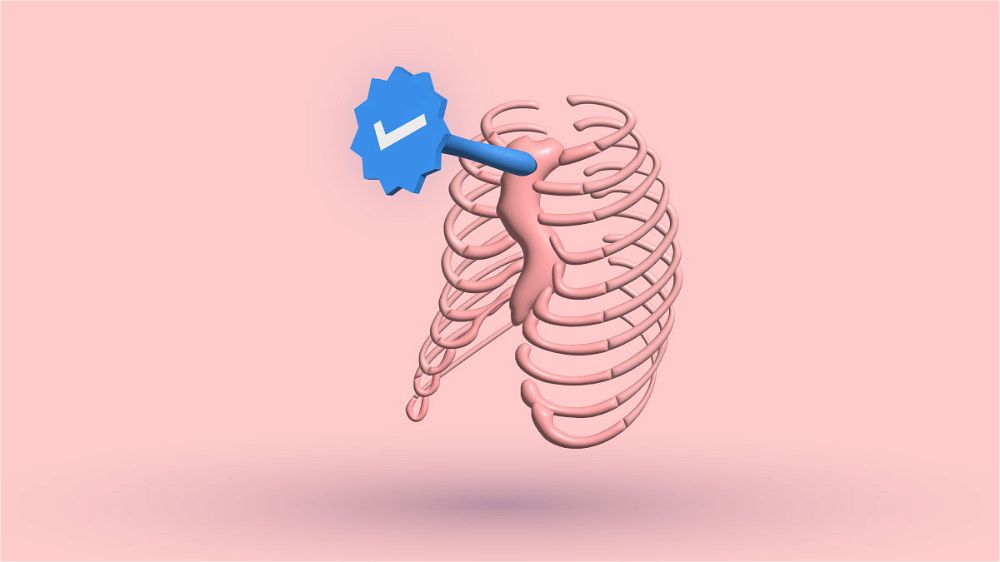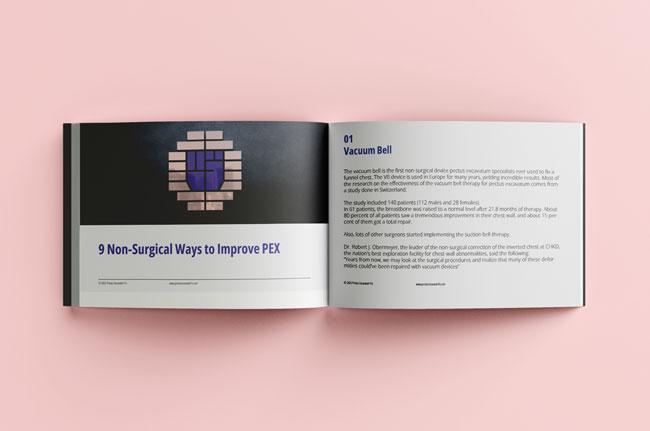Before starting the non-surgical treatment of pectus excavatum, measuring your hollow chest depth is essential. It will be ideal if you measure it every single day. This will allow you to see how your pectus excavatum correction is progressing daily.
This progress will motivate you to do what you're supposed to do when you're not feeling very motivated to follow the non-surgical treatment.
Measuring the progress in the first weeks is crucial for your future success in improving the deformity. It will help you psychologically, especially when you realize that the non-surgical system works.
THE IMPORTANCE OF TRACKING YOUR PROGRESS
When I started my journey, I didn't write my progress down. That was a critical mistake that I made. Some days, I didn't feel like doing anything about my deformity.
I felt like fixing the chest indentation without surgery doesn't work, despite all the scientific literature that proves otherwise. I relied on external sources to find motivation.
HOW I STAYED MOTIVATED & PEACEFUL
I fell in love with working out to the point that I used the gym to escape reality when I felt anxious. Some people rely on alcohol or drugs to cope with their anxiety, but fortunately, my distraction was working out.
I used every compliment from my buddies about my muscle-building results as fuel to continue my journey. However, relying on the validation of others can be very dangerous.
Fortunately, I had a supportive group of friends that recognized my psychological struggles and insecurities. They complimented the slightest improvement in my body appearance. That meant the world to me.
WHAT IF YOU DON'T HAVE ANY SUPPORT?
Suppose you follow the non-surgical treatment program and measure the depth of your deformity every day. In that case, you don't need others' compliments to motivate you.
You'll stay true to yourself and find the motivation in the notebook where you're documenting your progress. In this case, others' support will remain secondary, which can be used as additional fuel for your journey.
MEASUREMENT PROCESS FROM A-Z
WHAT YOU NEED

To measure the indentation, all you need is:
- Simple ruler
- Tape measure
WHERE TO PUT THE RULER & HOW HARD TO PRESS


Put the edge of the ruler horizontally, just underneath your pectoral muscles. That's where the thickness between the skin and ribcage is at its thinnest. Then, press the ruler hard on the ribcage so the skin goes out.
Now, take the tape measure with your other hand. Measure the distance from the ruler to the deepest point of the sunken breastbone.
Write down the distance and the day of measurement. Make sure you apply the same pressure every time you measure. This is critically important for accuracy.
MEASURE IN THE MORNING
It would be best if you did the measurement every single day simultaneously. It would help if you did it right after waking up. I don't recommend doing it after vacuum bell therapy.
During that time, the sternum gets elevated but falls to a normal position after a few hours. The measurement in the mornings accurately shows how indented your chest is.
HOW TO POSITION YOUR BODY WHILE MEASURING
I recommend you measure it while standing up with a proper posture. You can also measure it while sitting or lying. However, it would help if you did it in the same conditions every time.
For example, if your first measurement is done in the morning while you're standing, then from now on, you should do the following measure in the same way.







